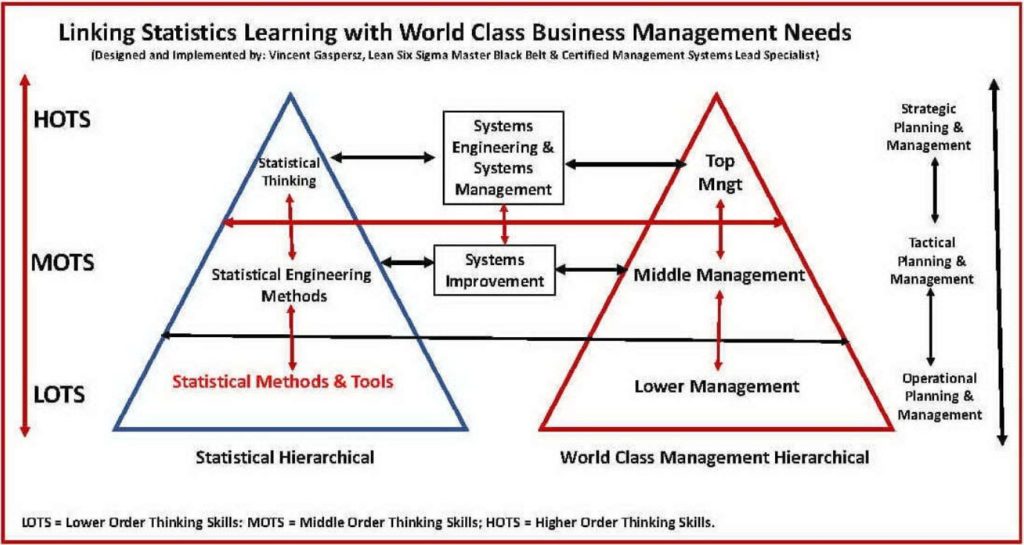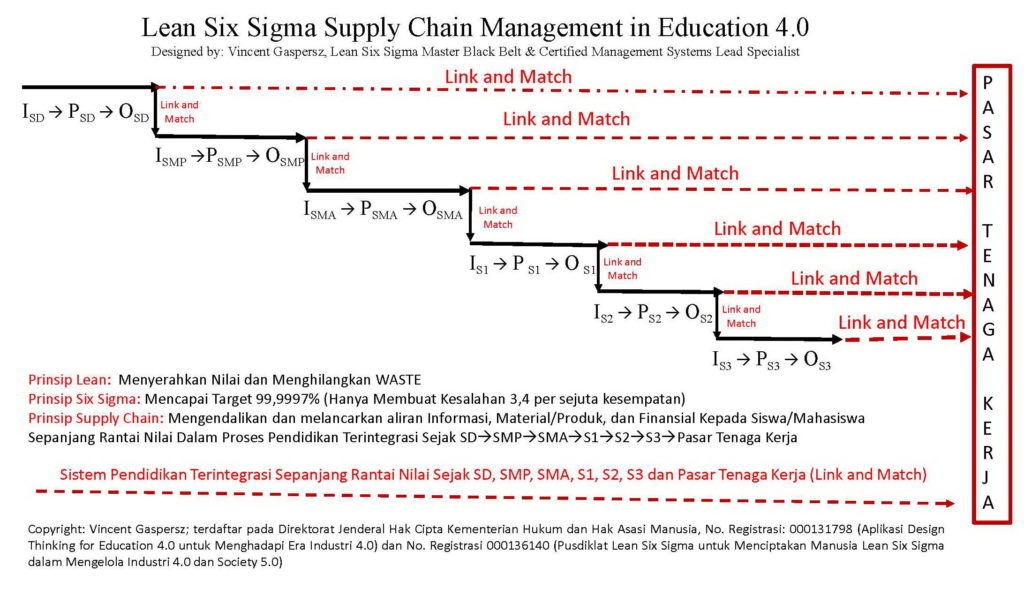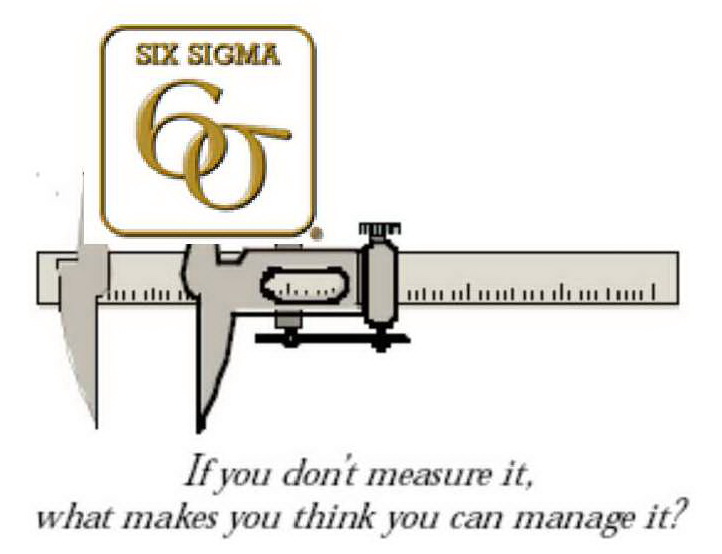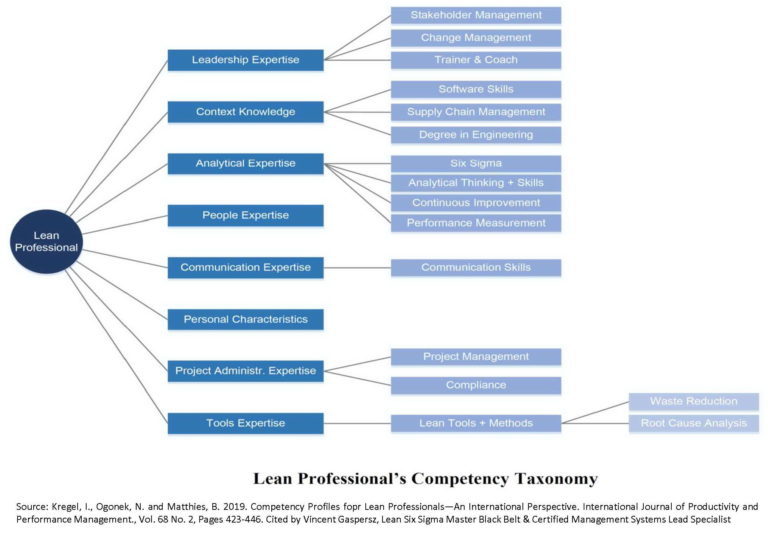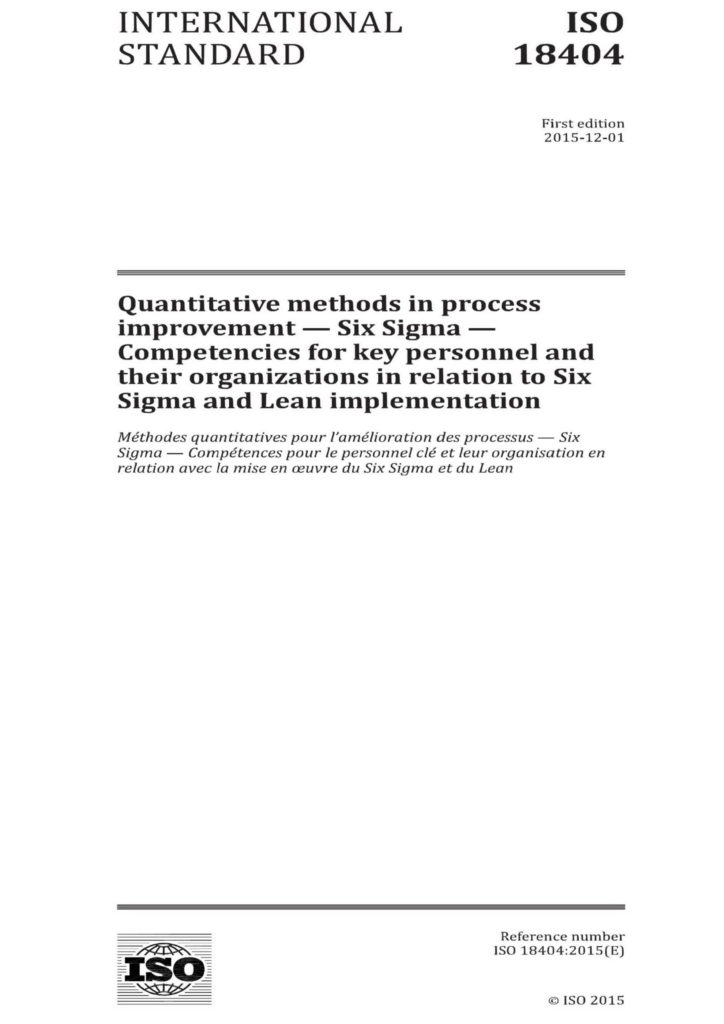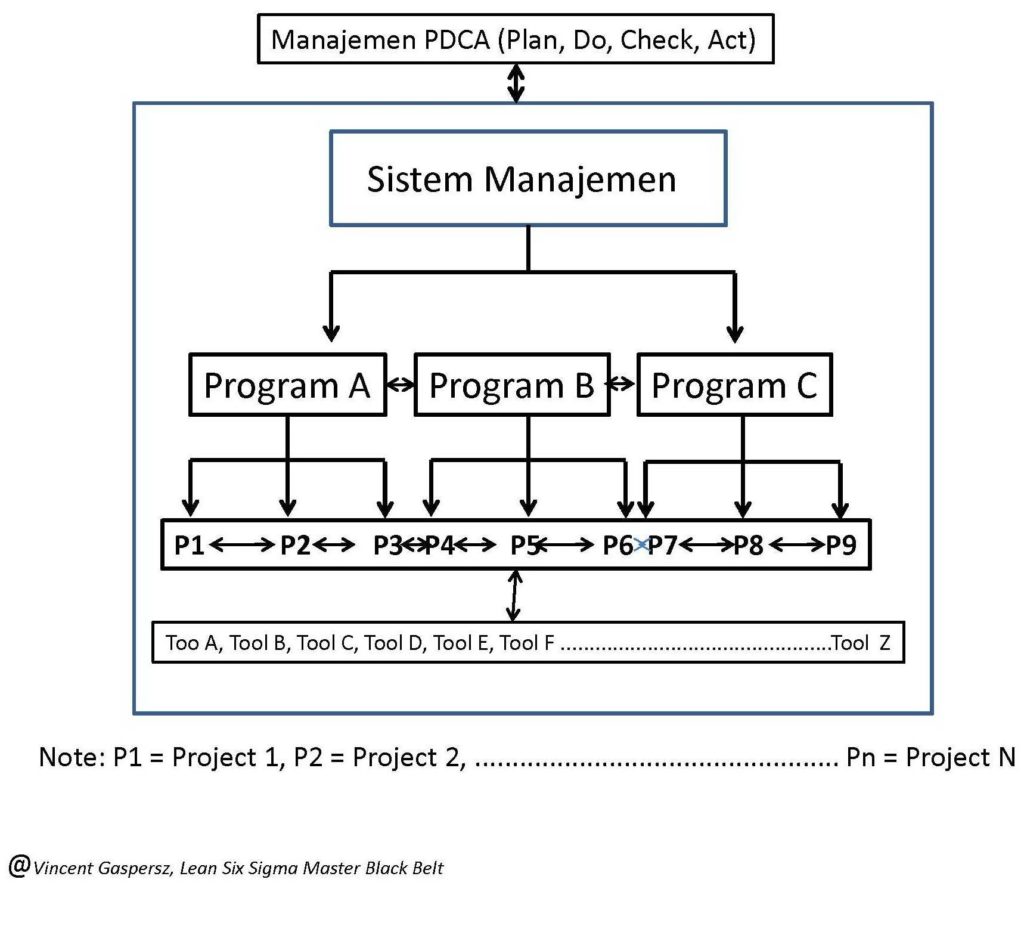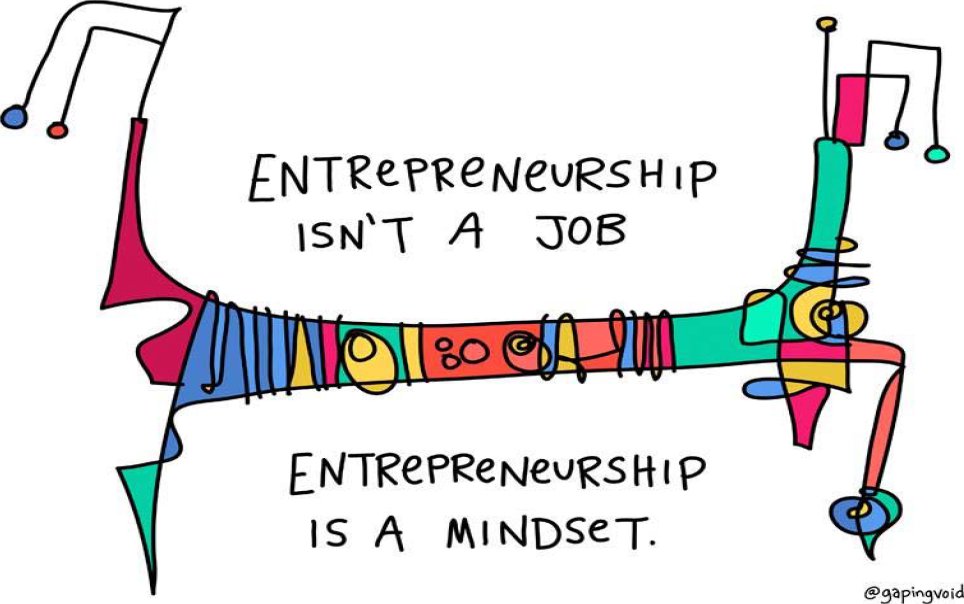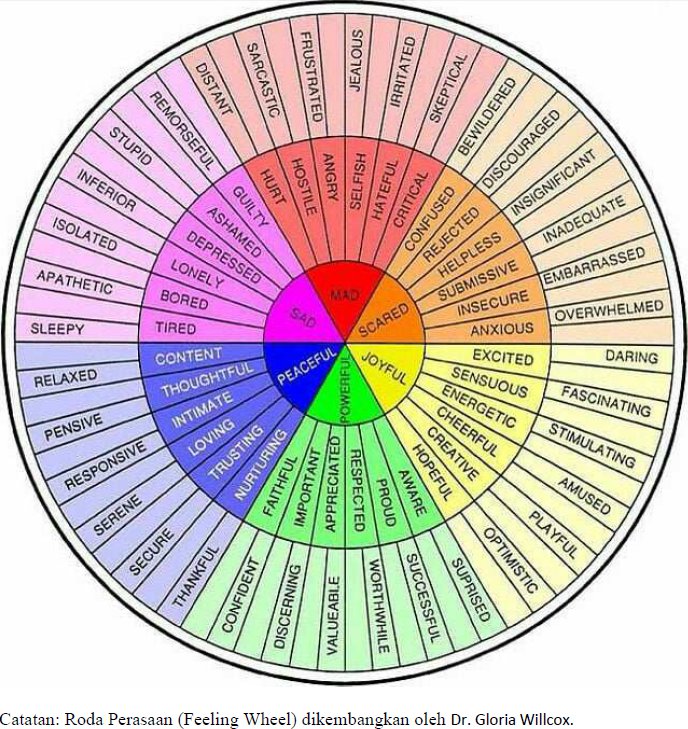-
Bahasa Indonesia
-
English
Oleh: Vincent Gaspersz, Lean Six Sigma Master Black Belt
ASQ CMQ/OE, CQE, CQA, CSSBB
APICS CFPIM, CSCP
IQF Six Sigma Master Black Belt
RAB-QSA CMSP
Apa Itu Manajemen Inovasi?
Inovasi memainkan peranan yang teramat sangat penting untuk keunggulan organisasi. Inovasi dicapai apabila kita sering bertanya: what dan how pada level yang tinggi, yang diikuti oleh serangkaian proses mulai dari pengumpulan ide-ide kreatif, pengolahan ide-ide kreatif menjadi informasi inovatif, penilaian kelayakan untuk implementasi, dan implementasi proyek-proyek inovasi. Kesemua aktivitas ini perlu dikelola secara efektif dan efisien melalui Manajemen Inovasi.
Manajemen Inovasi adalah disiplin ilmu manajemen yang berkaitan dengan pengelolaan inovasi dalam proses-proses, produk dan pelayanan, organisasi, sampai pelanggan dan pasar. Manajemen inovasi dapat digunakan untuk mengembangkan inovasi proses-proses, produk dan pelayanan, organisasi, serta pasar dan pelanggan. Tanpa proses inovasi yang tepat, tidak mungkin untuk menghasilkan produk yang efektif dan efisien, sehingga tidak mungkin pula kita mampu memberikan nilai inovasi kepada pasar dan pelanggan.
Melalui inovasi nilai, perusahaan akan mampu menciptakan pasar-pasar baru (new markets). Inovasi nilai didefinisikan sebagai menciptakan suatu lompatan jauh ke depan (quantum leap) dalam nilai pelanggan atau pembeli (buyer value) sementara pada saat yang sama (secara simultan) melakukan reduksi biaya secara dramatik (sharp drop) dalam struktur biaya industri.
Manajemen inovasi mencakup seperangkat alat yang memungkinkan semua orang dalam organisasi untuk bekerja sama dengan pemahaman yang sama tentang proses-proses dan sasaran-sasaran strategik organisasi.
Fokus manajemen inovasi adalah memungkinkan organisasi untuk merespon kesempatan-kesempatan internal maupun eksternal, menggunakan upaya kreatif untuk memperkenalkan ide-ide, proses, atau produk dan pelayanan baru. Manajemen inovasi melibatkan karyawan di setiap tingkat dalam memberikan kontribusi kreatif untuk pengembangan proses, produk dan organisasi. Dengan memanfaatkan alat-alat manajemen inovasi yang tepat, maka manajemen dapat memicu dan menyebarluaskan ide-ide kreatif dari karyawan untuk peningkatan kinerja organisasi terus-menerus. Proses ini dapat dilihat sebagai evolusi integrasi organisasi, teknologi dan pasar dengan serangkaian iterasi aktivitas seperti: pencarian, pemilihan, penerapan ide-ide baru yang inovatif ke dalam proses, produk, dan organisasi.
Manajemen inovasi pada dasarnya dapat digunakan untuk merangsang ide-ide baru yang diterapkan dalam empat area utama berikut:
- Inovasi Bisnis, misalnya: inovasi dalam model rantai pasokan (supply chain model) atau penciptaan bisnis baru.
- Inovasi Produk dan Pelayanan, misalnya: menciptakan produk dan pelayanan baru atau memodifikasi produk dan pelayanan yang sekarang.
- Inovasi Pasar, misalnya: membuka pasar-pasar baru atau menciptakan basis pelanggan baru (new customer base).
- Inovasi Proses, misalnya: meningkatkan atau mengubah proses-proses internal.
Berdasarkan pengalaman praktek dari penulis, Manajemen Inovasi sejak awal harus dibangun ke dalam perencanaan strategik bisnis serta mengaitkan secara langsung dengan pasar dan pelanggan seperti ditunjukkan dalam Bagan 1.

Bagan 1. Implementasi Manajemen Inovasi
Dari Bagan 1 kita mengetahui bahwa peningkatan inovasi nilai tidak hanya ditujukan semata-mata kepada pelanggan eksternal atau pembeli, tetapi juga berkaitan dengan peningkatan inovasi nilai kepada pelanggan internal (karyawan) dan pemasok material, karena pada dasarnya mereka ini yang mendukung terciptanya peningkatan inovasi nilai kepada pelanggan eksternal atau pembeli. Berdasarkan kenyataan ini, maka setiap perusahaan dapat membuat model yang mengidentifikasikan kesempatan-kesempatan untuk meningkatkan inovasi nilai sesuai situasi dan kondisi aktual dari perusahaan itu.
How to Build Innovation Management of Organization?
By: Vincent Gaspersz, Lean Six Sigma Master Black Belt
ASQ CMQ/OE, CQE, CQA, CSSBB
APICS CFPIM, CSCP
IQF Six Sigma Master Black Belt
RAB-QSA CMSP
What is Innovation Management ?
Innovation plays very important role for organizational excellence. Innovation is reached if we often ask: what and how at high level, followed by a series of processes beginning from the collection of creative ideas, the processing of creative ideas into innovative information, the feasibility assessment for implementation, and to the implementation of innovation projects. All these activities need to be effectively and efficiently managed through Innovation Management.
Innovation Management is a management discipline that is related to the management of innovation in processes, products and services, organizations, up to customers and markets. Innovation management can be used to develop innovations of processes, products and services, organizations, as well as markets and customers. Without the right innovation process, it would be impossible to create effective and efficient product; thus, it would also be impossible that we could give the value of innovation to the market and customers.
Through the value of innovation, a company will be able to create new markets. The value of innovation is defined as creating a quantum leap forward in the value of customers or buyers (buyer value) while simultaneously creates dramatic reduction of costs (sharp drop) in the structure of industry costs.
Innovation management includes a set of tools that enable everyone in the organization to work together with the same understanding about the organization’s strategic processes and goals.
The focus of innovation management is to make it possible for organization to respond to the internal or external opportunities, to use creative efforts to introduce ideas, processes, or products and new services. Innovation management involves employees at every level in giving creative contribution for the developments of process, product and organization. By harnessing the right innovation management tools, then management can spark and disseminate creative ideas from employees for the continuous increase of organizational performance. This process can be seen as the evolutions of organizational integration, technology and market with a series of iterations of activities such as: searching, selecting, and implementing new innovative ideas into process, product, and organization.
Innovation management can basically be used to stimulate new ideas that are applied into the following four main areas:
- Business Innovation, for example: innovation in the supply chain model or the creation of new business
- Product and Service Innovation, for example: creating new product and service or modifying the existing product and service
- Market Innovation, for example: opening new markets or creating new customer base
- Process Innovation, for example: improving or transforming internal processes
Based on my practical experience, Innovation Management must be built since the beginning into the strategic business planning as well as directly associated with the market and customers as shown in Chart 1 below.

Chart 1. Innovation Management Implementation
From Chart 1, we know that the increase in the value of innovation is not devoted exclusively to external customers or buyers, but it is also related to the increase in the value of innovation to internal customers (employees) and material suppliers, because basically they are the ones who support the creation of the increase in the value of innovation to external customers or buyers. Based on this fact, then every company can create a model that identifies opportunities to increase the value of innovation according to the actual situation and condition of that company.

